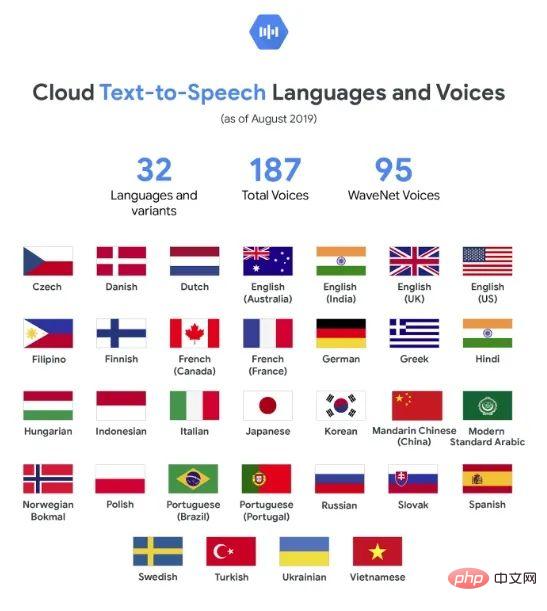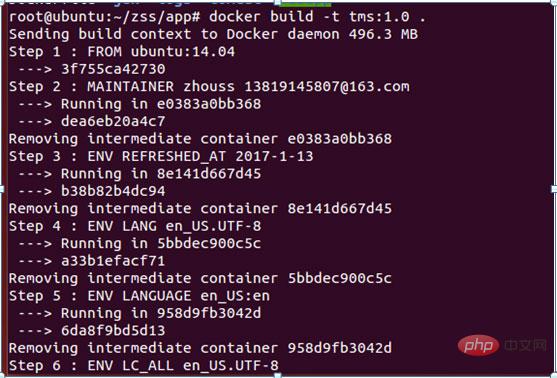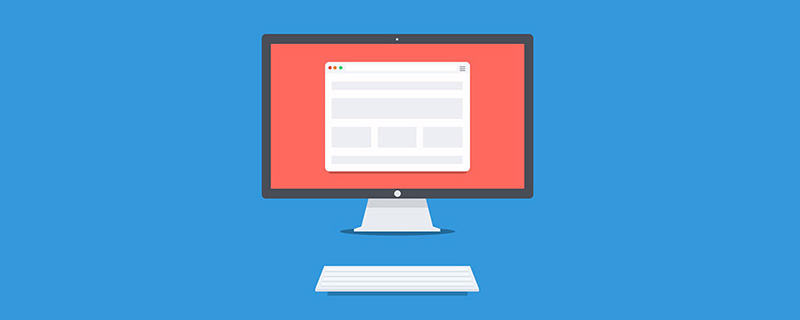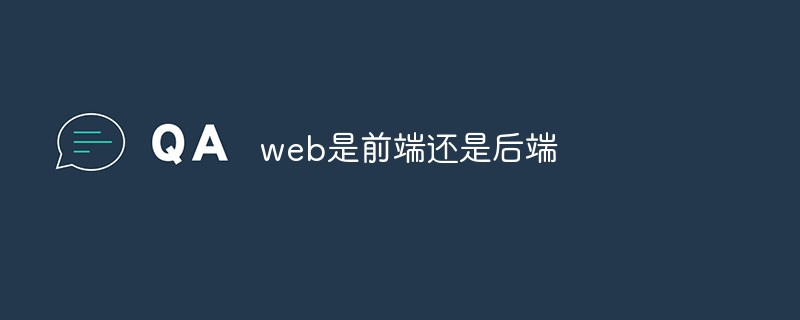Go builds interactive web applications that run in the browser. Steps: Create Go project and main.go file, add HTTP handler to display messages. Add forms using HTML and JavaScript for user input and submission. Add handling of POST requests in your Go application, receive user messages and return responses. Use the Fetch API to send POST requests and handle server responses.

Build interactive web applications with Go: Browser support
Go is a versatile programming language that is not limited to back-end development. In this article, we will show you how to easily create interactive web applications using Go to run in the browser.
Creating a Go Web Application
First, create a new Go project:
go mod init myapp
Next, create a project named main.go file and add the following code:
package main
import (
"fmt"
"net/http"
)
func main() {
// 定义一个处理程序函数,它将在浏览器中渲染一个简单的消息
http.HandleFunc("/", func(w http.ResponseWriter, r *http.Request) {
fmt.Fprintf(w, "Hello from Go!")
})
// 启动 HTTP 服务器侦听端口 8080 上的请求
http.ListenAndServe(":8080", nil)
}Browse Web Application
Run the Go application using the following command:
go run main.go
Then, open http: //localhost:8080. You should see the "Hello from Go!" message displayed on the page.
Add interactivity
To add interactivity we can use HTML and JavaScript. Add the following to the main.go file, inside the http.HandleFunc closure:
// 创建一个简单表单,包含一个输入字段和一个提交按钮
fmt.Fprintf(w, "<form method='POST'><input type='text' name='message'/><input type='submit' value='Send'/></form>")This will create a form on the page that the user can Enter the message and submit it by pressing the "Send" button.
Next, add the following JavaScript code to the bottom of the HTML page, after the tag:
const form = document.querySelector('form');
form.addEventListener('submit', (e) => {
e.preventDefault();
const message = e.target.querySelector('input[name="message"]').value;
// 使用 Fetch API 发送 POST 请求
fetch('/', {
method: 'POST',
body: JSON.stringify({ message }),
headers: {
'Content-Type': 'application/json'
}
})
.then(res => res.json())
.then(data => {
// 处理服务器响应
console.log(data);
})
.catch(error => {
// 处理错误
console.log(error);
});
});This JavaScript code will listen for form submissions, Collect user-entered messages and send POST requests to the Go server using the Fetch API.
In the Go application, add the following code to handle the POST request:
func main() {
http.HandleFunc("/", func(w http.ResponseWriter, r *http.Request) {
if r.Method == "POST" {
// 解析 JSON 请求正文
var msg Message
decoder := json.NewDecoder(r.Body)
if err := decoder.Decode(&msg); err != nil {
http.Error(w, err.Error(), http.StatusBadRequest)
return
}
// 处理消息并返回响应
fmt.Fprintf(w, "Got your message: %s", msg.Message)
} else {
// 处理其他请求方法
}
})
// 定义一个用于保存消息的类型
type Message struct {
Message string `json:"message"`
}
http.ListenAndServe(":8080", nil)
}With these changes, our web application can now receive input from the user and display a response to it.
Conclusion
Building interactive web applications using Go is easy and powerful. By combining the backend processing power of Go with the frontend capabilities of HTML and JavaScript, you can create rich user experiences that run directly in the browser.
The above is the detailed content of Golang's browser support: building an interactive web. For more information, please follow other related articles on the PHP Chinese website!
 Web Speech API开发者指南:它是什么以及如何工作Apr 11, 2023 pm 07:22 PM
Web Speech API开发者指南:它是什么以及如何工作Apr 11, 2023 pm 07:22 PM译者 | 李睿审校 | 孙淑娟Web Speech API是一种Web技术,允许用户将语音数据合并到应用程序中。它可以通过浏览器将语音转换为文本,反之亦然。Web Speech API于2012年由W3C社区引入。而在十年之后,这个API仍在开发中,这是因为浏览器兼容性有限。该API既支持短时输入片段,例如一个口头命令,也支持长时连续的输入。广泛的听写能力使它非常适合与Applause应用程序集成,而简短的输入很适合语言翻译。语音识别对可访问性产生了巨大的影响。残疾用户可以使用语音更轻松地浏览
 如何使用Docker部署Java Web应用程序Apr 25, 2023 pm 08:28 PM
如何使用Docker部署Java Web应用程序Apr 25, 2023 pm 08:28 PMdocker部署javaweb系统1.在root目录下创建一个路径test/appmkdirtest&&cdtest&&mkdirapp&&cdapp2.将apache-tomcat-7.0.29.tar.gz及jdk-7u25-linux-x64.tar.gz拷贝到app目录下3.解压两个tar.gz文件tar-zxvfapache-tomcat-7.0.29.tar.gztar-zxvfjdk-7u25-linux-x64.tar.gz4.对解
 web端是什么意思Apr 17, 2019 pm 04:01 PM
web端是什么意思Apr 17, 2019 pm 04:01 PMweb端指的是电脑端的网页版。在网页设计中我们称web为网页,它表现为三种形式,分别是超文本(hypertext)、超媒体(hypermedia)和超文本传输协议(HTTP)。
 web前端和后端开发有什么区别Jan 29, 2023 am 10:27 AM
web前端和后端开发有什么区别Jan 29, 2023 am 10:27 AM区别:1、前端指的是用户可见的界面,后端是指用户看不见的东西,考虑的是底层业务逻辑的实现,平台的稳定性与性能等。2、前端开发用到的技术包括html5、css3、js、jquery、Bootstrap、Node.js、Vue等;而后端开发用到的是java、php、Http协议等服务器技术。3、从应用范围来看,前端开发不仅被常人所知,且应用场景也要比后端广泛的太多太多。
 web前端打包工具有哪些Aug 23, 2022 pm 05:31 PM
web前端打包工具有哪些Aug 23, 2022 pm 05:31 PMweb前端打包工具有:1、Webpack,是一个模块化管理工具和打包工具可以将不同模块的文件打包整合在一起,并且保证它们之间的引用正确,执行有序;2、Grunt,一个前端打包构建工具;3、Gulp,用代码方式来写打包脚本;4、Rollup,ES6模块化打包工具;5、Parcel,一款速度极快、零配置的web应用程序打包器;6、equireJS,是一个JS文件和模块加载器。
 深入探讨“高并发大流量”访问的解决思路和方案May 11, 2022 pm 02:18 PM
深入探讨“高并发大流量”访问的解决思路和方案May 11, 2022 pm 02:18 PM怎么解决高并发大流量问题?下面本篇文章就来给大家分享下高并发大流量web解决思路及方案,希望对大家有所帮助!
 Python轻量级Web框架:Bottle库!Apr 13, 2023 pm 02:10 PM
Python轻量级Web框架:Bottle库!Apr 13, 2023 pm 02:10 PM和它本身的轻便一样,Bottle库的使用也十分简单。相信在看到本文前,读者对python也已经有了简单的了解。那么究竟何种神秘的操作,才能用百行代码完成一个服务器的功能?让我们拭目以待。1. Bottle库安装1)使用pip安装2)下载Bottle文件https://github.com/bottlepy/bottle/blob/master/bottle.py2.“HelloWorld!”所谓万事功成先HelloWorld,从这个简单的示例中,了解Bottle的基本机制。先上代码:首先我们从b
 web是前端还是后端Aug 24, 2022 pm 04:10 PM
web是前端还是后端Aug 24, 2022 pm 04:10 PMweb有前端,也有后端。web前端也被称为“客户端”,是关于用户可以看到和体验的网站的视觉方面,即用户所看到的一切Web浏览器展示的内容,涉及用户可以看到,触摸和体验的一切。web后端也称为“服务器端”,是用户在浏览器中无法查看和交互的所有内容,web后端负责存储和组织数据,并确保web前端的所有内容都能正常工作。web后端与前端通信,发送和接收信息以显示为网页。


Hot AI Tools

Undresser.AI Undress
AI-powered app for creating realistic nude photos

AI Clothes Remover
Online AI tool for removing clothes from photos.

Undress AI Tool
Undress images for free

Clothoff.io
AI clothes remover

AI Hentai Generator
Generate AI Hentai for free.

Hot Article

Hot Tools

SAP NetWeaver Server Adapter for Eclipse
Integrate Eclipse with SAP NetWeaver application server.

SublimeText3 Linux new version
SublimeText3 Linux latest version

SublimeText3 Mac version
God-level code editing software (SublimeText3)

Zend Studio 13.0.1
Powerful PHP integrated development environment

SublimeText3 Chinese version
Chinese version, very easy to use







